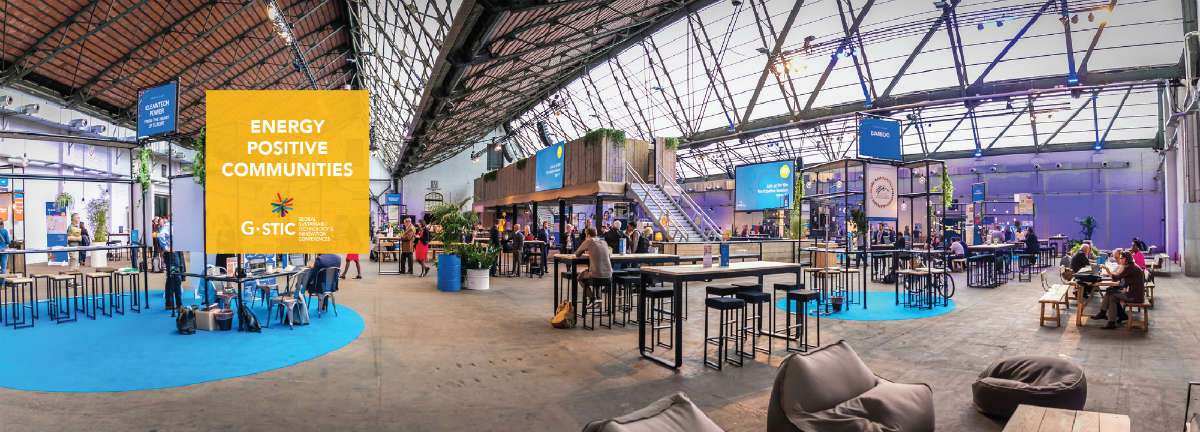
IRENA at G-STIC 2018

The world’s energy system is facing profound changes. Innovations in the way energy is generated, distributed and used, as well as the ways in which energy systems operate and link with wider infrastructure, are paving the way for completely new landscapes around the world. Those with responsibility for policy and investments are looking to minimize the risk of poor choices and take full advantage of disruptive technologies. However, the expansion and decentralisation of actors and technologies in new clean energy landscapes can create uncertainty and pose significant challenges in coordination. Long-term energy scenario analysis – which explores socio-technical pathways over 20+ years – has traditionally been an invaluable tool in addressing such issues, but are today’s long-term energy scenarios up to the task of capturing transformational change?
As part of IRENA’s Clean Energy Ministerial Campaign (CEM) on “Long-term Energy Scenarios (LTES) for the Clean Energy Transition”, this session – held at the Global Sustainable Technology & Innovation Conference (G-STIC) in Brussels – aimed to answer that question. Drawing on the expertise of government planners, scenario developers, and attendees at G-STIC, the event explored:
- What aspects of the relationship between centralised and new decentralised technologies or solutions are missing in current long-term scenarios of clean energy transitions to 2030-2050?
- How can the relationship between centralised and new decentralised solutions be better reflected in LTES?
- How can long-term energy scenario development be harmonised among national and sub-national levels and stakeholders? Examples of good practice?
After interventions by an expert panel, the audience was invited to share their thoughts on the topics in an open and dynamic discussion, which will contribute to the output of IRENA’s CEM LTES Campaign. A summary of the event can be found here.